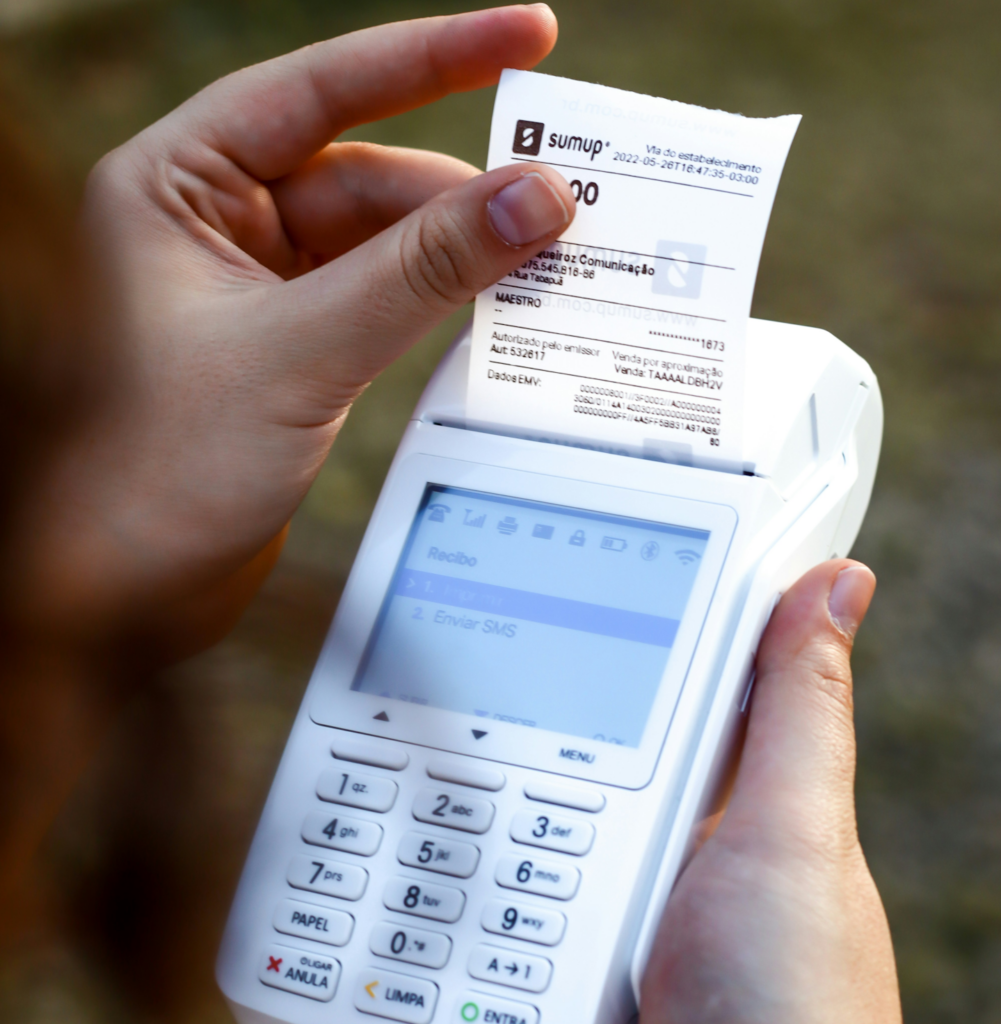
In the dynamic realm of trademark law, businesses often find themselves navigating the complexities of securing and protecting their intellectual property. Amidst the myriad options available, engaging a flat fee trademark attorney emerges as a strategic and cost-effective choice. Flat fee attorneys provide clients with the confidence to safeguard their brands without the uncertainties often associated with hourly billing models.
Our flat fees can be found on our website.
Predictable Costs
The foremost advantage of flat fee trademark services is the predictability of costs. Clients can plan and budget with clarity, eliminating the concern of unexpected expenses associated with hourly billing. A comprehensive trademark search can result in varied fees.
Strategic Planning
Flat fee structures empower businesses and creatives to plan strategically for their legal needs. This allows them to proactively address potential trademark issues and protect their intellectual property without hesitation.
Efficient Resolution
Flat fee trademark attorneys prioritize efficiency, aiming for timely resolutions. This approach not only saves clients valuable time but also contributes to a quicker and more cost-effective conclusion to trademark disputes. Some law firms, for example, charge fees for mailing a trademark registration certificate.
Inclusivity
The flat fee model makes legal services more inclusive, providing small businesses, startups, and individual artists with access to quality representation. This inclusivity fosters a fair playing field, ensuring that everyone has the opportunity to protect their intellectual property.
Another key factor when budgeting for the flat fee trademark registration process is the filing fees associated with the trademark application. Trademark application filing fees increase total expenditures.
Federal Trademark Application Filing Fees

The United States Patent and Trademark Office (USPTO) plays a crucial role in protecting intellectual property, and one of the key aspects of this protection is the trademark application process.
The fees for trademark applications depend on three factors. The factors are the number of Nice Classes, the trademark application type, and the trademark registration basis.
Number of Nice (pronounced N-E-E-S) Classes

The Nice Classification, established by the Nice Agreement, is an international system used to categorize goods and services for the purpose of trademark registration. Named after the city of Nice in France where the agreement was concluded, this classification system provides a standardized framework that facilitates the registration process and promotes consistency in the identification of goods and services across jurisdictions.
The Nice Classification comprises 45 classes, with Classes 1 to 34 covering goods and Classes 35 to 45 covering services. Each class of goods represents a distinct category of products or services, helping to organize the vast array of goods and services that businesses offer. The Nice Classification for a particular trademark application is printed on the trademark registration certificate.
For example, t-shirts are in class 25 while laptop computers are in class 09.
The trademark office filing fees calculated per class of goods.
Key Features of Nice Trademark Classes
Systematic Organization: The Nice Classification organizes goods and services into specific classes based on common characteristics or functions. For example, Class 25 includes clothing, footwear, and headgear, while Class 35 covers advertising and business services.
Multi-Class Applications: Trademark applicants can choose one or multiple classes for their goods or services, streamlining the registration process. This flexibility allows businesses with diverse offerings to protect their brand across various categories.
Clarity and Precision: By providing a standardized list of goods and services, the Nice Classification promotes clarity and precision in trademark applications. This reduces ambiguity and ensures that trademark offices and examiners worldwide interpret classifications consistently.
Global Acceptance: The Nice Classification is recognized and used by numerous countries around the world. This global acceptance simplifies the international registration process for businesses seeking protection in multiple jurisdictions.
Ease of Search and Examination: Trademark examiners use the Nice Classification to conduct searches and examinations efficiently. The systematic organization of goods and services enables examiners to assess the distinctiveness and eligibility of trademarks more effectively.
Updates and Revisions: The Nice Classification undergoes periodic updates and revisions to reflect changes in technology, industry, and consumer behavior. These updates ensure that the classification remains relevant and adapts to the evolving landscape of goods and services.
A businesses and trademark attorney must carefully select the appropriate Nice Classes when filing applications to accurately reflect the nature of their products or services. A well-defined and precise classification enhances the likelihood of successful registration and provides clarity for both the applicant and the trademark office.
The Nice Trademark Classes play a crucial role in harmonizing the global trademark registration process. By offering a standardized and organized framework for categorizing goods and services, the Nice Classification contributes to the efficiency and consistency of trademark systems worldwide, allow a trademark attorney to submit applications to more than one trademark office.
TEAS Plus and TEAS Standard

The United States Patent and Trademark Office (USPTO) offers two primary options for trademark owners: TEAS Plus (Trademark Electronic Application System Plus) and TEAS Standard (Trademark Electronic Application System Standard). Understanding the differences between these two trademark office filing options is crucial for applicants seeking trademark protection in the United States.
TEAS Plus
TEAS Plus is a streamlined and cost-effective option for trademark applicants who are willing to meet specific requirements set by the USPTO. One of the key distinctions of TEAS Plus is its reduced filing fee, making it an attractive choice for those looking to minimize costs. However, to qualify for TEAS Plus, applicants must adhere to certain strict filing and identification requirements.
- Goods and Services Identification: TEAS Plus requires applicants to select their goods and services from the USPTO’s pre-approved list of acceptable identifications, known as the Identification of Goods and Services Manual (ID Manual). This helps maintain consistency and accuracy in the classification of goods and services.
- Specimen Submission: TEAS Plus applicants must provide an acceptable specimen at the time of filing, demonstrating the actual use of the mark in commerce. This requirement ensures that the application is based on a bona fide intention to use the mark in connection with the specified goods or services.
- Communication via Email: TEAS Plus applicants commit to receiving USPTO correspondence and communications exclusively through email. This electronic communication streamlines the process and enhances efficiency.
- Narrow Identification of Goods and Services: TEAS Plus applications limit the number of classes of goods and services to which the mark applies. This constraint is part of the effort to maintain a focused and precise application.
While TEAS Plus offers cost savings and a simplified application process, applicants must carefully adhere to these specific requirements to take advantage of the reduced filing fee.
TEAS Standard
TEAS Standard, on the other hand, provides more flexibility in the application process but comes with a slightly higher filing fee. This option is suitable for applicants who may not meet all the stringent requirements of TEAS Plus or prefer a more comprehensive approach to their trademark application.
- Goods and Services Identification: TEAS Standard allows applicants to customize their goods and services description beyond the predefined categories in the ID Manual. This flexibility is beneficial for businesses with unique or specialized offerings.
- Specimen Submission: While TEAS Standard applicants are still required to submit an acceptable specimen, there is more flexibility in the timing of the submission. This is advantageous for those who may need additional time to prepare the necessary documentation.
- Communication Options: TEAS Standard applicants have the option to receive USPTO communications through traditional mail, in addition to email. This provides flexibility in communication preferences.
- Unlimited Classes: TEAS Standard allows applicants to include an unlimited number of classes for goods and services, accommodating businesses with diverse offerings across various categories.
Choosing between TEAS Plus and TEAS Standard depends on the specific needs and circumstances of the applicant. While TEAS Plus offers cost savings and a straightforward process, TEAS Standard provides more flexibility for businesses with unique or evolving trademark needs. It’s essential for applicants to carefully evaluate their situation and choose the option that aligns best with their trademark filing requirements and preferences.
Trademark Registration Basis

The “basis” in a USPTO trademark application refers to the legal foundation or grounds on which the applicant relies to seek registration of their trademark. It essentially outlines the reason why the applicant believes they are entitled to the exclusive rights associated with the mark. There are two primary bases for filing a trademark application with the USPTO: “Use in Commerce” and “Intent to Use.”
Use in Commerce Basis

– Actual Use: If the applicant is already using the trademark in connection with the goods or services in interstate commerce, they can file a trademark application based on “use in commerce.” This requires providing evidence of the actual use of the mark, such as product labels, advertising materials, or other documentation that demonstrates the mark’s use in connection with the specified goods or services.
– Specimen of Use: Along with the application, the applicant must submit a specimen—a real-world example of how the mark is being used on the goods or in connection with the services. This can be a label, packaging, website screenshot, or any other tangible evidence.
Intent to Use Basis:

– Futuristic Use: If the applicant has a bona fide intention to use the trademark but has not yet commenced actual use in commerce, they can file a trademark application based on “intent to use.” This allows applicants to secure a priority filing date for their mark even before it is actively used.
– Statement of Use: Once the applicant starts using the mark in commerce, they must file a “Statement of Use” to convert the application from “Intent to Use” to “Use in Commerce.” This requires submitting evidence of the actual use of the mark.
International Registration

The third option for a “basis” is a foreign trademark registration. This option is available if the applicant owns a trademark registration in a foreign country that is the the owner’s “country of origin.” This basis can result in a lower filing fee.
Understanding the basis for a trademark application is crucial for navigating the USPTO registration process and ensuring compliance with the relevant legal requirements. Whether grounded in current use or future intentions, the basis sets the stage for the successful registration and protection of a trademark in the United States.
Significance of Registration Basis and USPTO Fees
If the filing basis is “Intent to Use,” then the applicant will need to file a statement of use or amendment to allege use in order to register the trademark. The trademark office charges a fee to file the statement of use, which is based on the number of classes in the trademark application. Some flat fee trademark services also charge an additional cost for filing a statement of use.
Trademark Success Stories

Trademark success stories are a testament to the instrumental role that flat fee trademark service plays in securing favorable outcomes for businesses and creatives alike. By offering predictable costs, strategic planning, efficient resolution, and inclusivity, these attorneys empower clients to navigate the intricate landscape of trademark law confidently. We’ll explore the success stories of four notable cases of brand building – two from the fashion industry and two from entertainment. Then we will discuss the role of trademark law firms in the trademark search and trademark registration process.
Chanel’s Trademark Triumph
Chanel, a globally recognized luxury brand, faced an intellectual property challenge when a competitor attempted to imitate its iconic double-C logo. Trademark registration allowed Chanel to swiftly address the infringement, leveraging a clear cost structure to budget for legal expenses. The outcome was not only the successful defense of their trademark but also a deterrent effect on potential infringers, showcasing the effectiveness of trademark law firms at thwarting imitators.
Nike’s Swoosh Victory
Nike, known for its iconic swoosh logo, found itself in a trademark dispute when a smaller sportswear company attempted to use a similar design. Nike’s experienced trademark attorney pursued legal action confidently, with the aid of trademark registrations. This approach allowed Nike to protect its brand without the uncertainty of escalating legal fees, resulting in a successful resolution that reaffirmed the distinctiveness of the swoosh.
Disney’s Character Protection
Trademark success extends to the entertainment industry, where Disney often faces infringement of its beloved characters. The trademark rights enable Disney to swiftly address the issue, ensuring the continued protection of its characters. Consumer confidence in the Disney brand is achieved in part through trademark registration. A Disney trademark attorney can effectively leverage trademark registration to quickly take down infringers in a timely manner, sometimes without filing a lawsuit.
Beyoncé’s Trademark Triumph
Renowned artist Beyoncé encountered a trademark challenge related to her brand name. Engaging a trademark lawyer allowed her to navigate the legal landscape without the uncertainty of hourly billing. This approach facilitated a focused and efficient resolution, ensuring that Beyoncé’s brand remained intact and undiluted. The case exemplifies why a USPTO trademark search is important.
Why Law Firms Charge Hourly and Not Flat Fee

While fixed fees offer advantages, especially for preparing a trademark application or conducting a trademark search, there are situations where an hourly rate proves to be the most practical and equitable choice.
Complex and Unpredictable Cases
Legal matters that are inherently complex or unpredictable may not fit neatly into a fixed fee structure. Hourly rates allow a trademark attorney to account for the unpredictable nature of certain matters, ensuring that clients are billed for the actual time and effort expended in addressing intricate legal issues.
Some trademark matters require tailored and evolving strategies that cannot be easily defined at the outset. An hourly rate allows a law firm to craft and adapt strategies based on the unique dynamics of the case, providing clients with personalized and effective legal representation. Whereas, filing trademark applications is somewhat predictible.
If a trademark attorney must provide a firm estimate for their work, they may end up over-estimating in order to account for escalation in complexity. A trademark search report can take a varied amount of time to draft. Be warry of trademark services that undercharge and hesitate to provide legal analysis.
Client Flexibility
Hourly billing offers clients the flexibility to engage legal services as needed, without committing to a comprehensive fixed fee structure. This flexibility is particularly advantageous for businesses or individuals facing budget constraints or uncertainties about the scope of legal work required.
While fixed fee arrangements offer predictability and budgetary clarity regarding the trademark attorney service, the inherent flexibility of hourly billing ensures that clients only pay for the actual time and expertise devoted to their legal matters. In circumstances where legal complexities are uncertain or where cases require customized strategies and adaptability, the hourly rate model proves to be a practical and fair solution, striking a balance between the needs of the client and the demands of the legal process.
